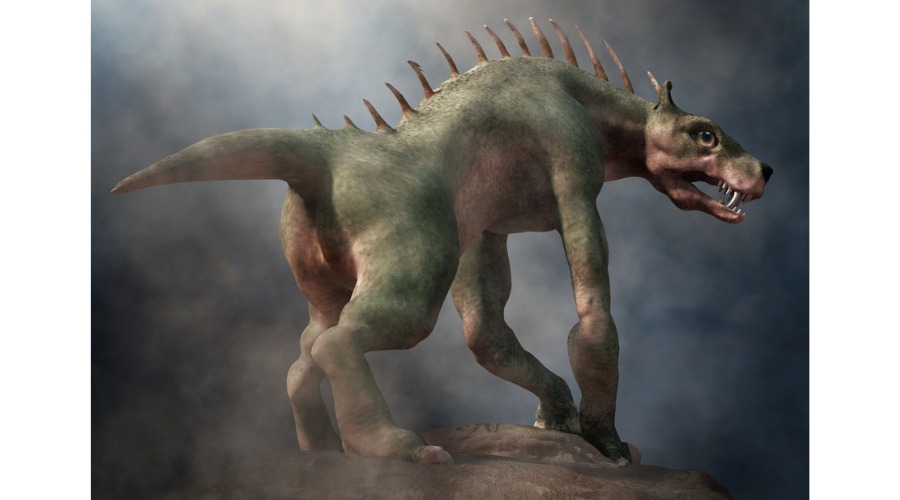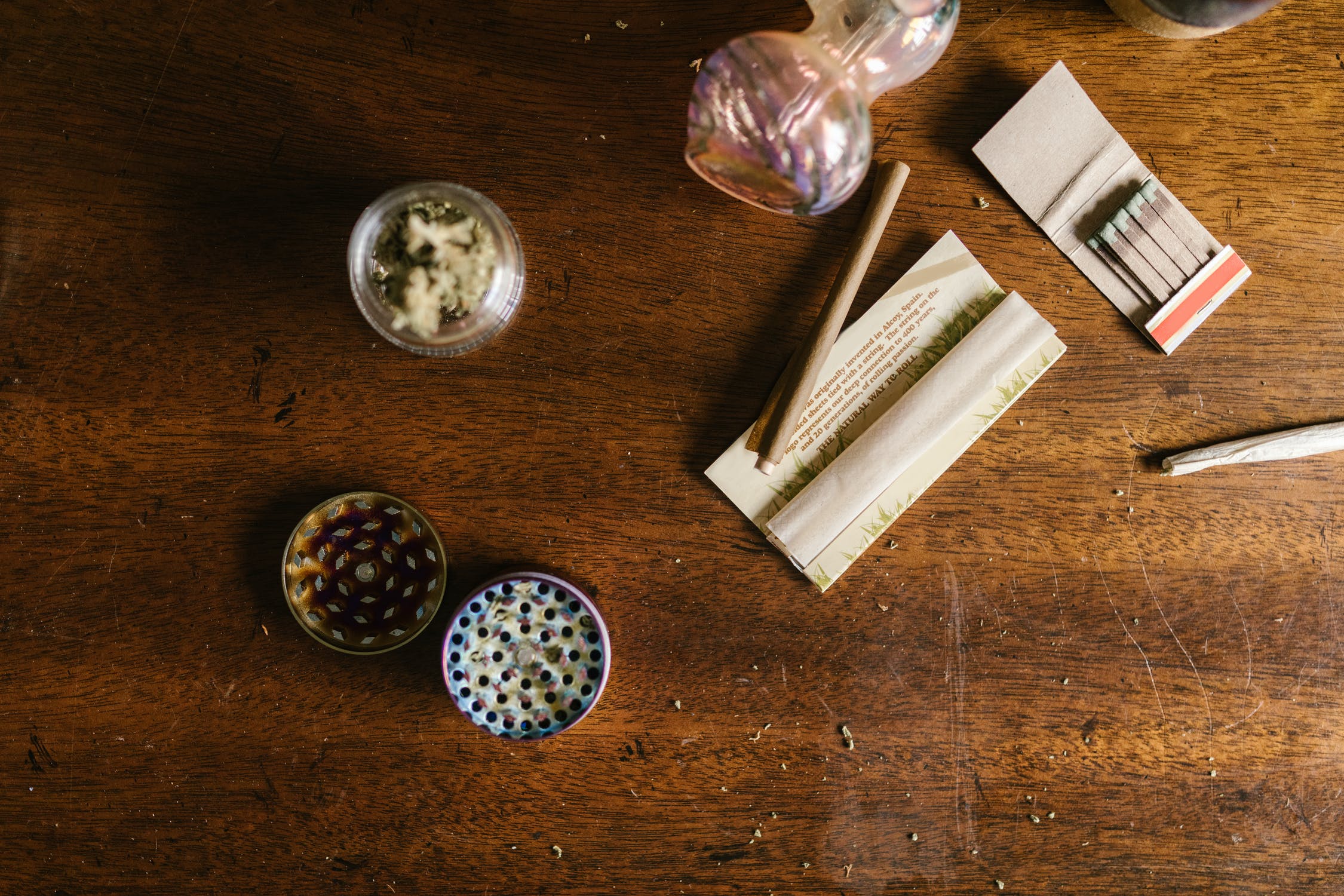Texas Myths Under the Microscope: Separating Fact from Folklore

Texas myths blur the line between history and imagination, serving as cultural tools during periods of change. You'll find natural explanations behind legends like the Chupacabra (often canids with mange) and trace historical roots for cautionary tales such as the Candy Lady (a story later woven from fragments of 19th-century tragedy, not a proven serial predator).
The Texas Folklore Society emphasizes collecting and preserving lived stories over strictly academic gatekeeping, allowing communities to maintain identity through narrative. These myths reveal deeper truths about Texan values, fears, and resilience.
The Psychological Power Behind Texas's Most Enduring Myths
While some shrug off folklore as campfire filler, Texas myths function as social psychology in motion, helping communities process upheaval and uncertainty. These narratives convert abstract anxieties into shareable stories that can be discussed, debated, and managed collectively—especially when public health, safety, or rapid growth are in the air.
Children don't absorb tales passively; they question, remix, and parody them, using stories to test boundaries and learn group norms. That playful push-and-pull makes the legends sticky.
The mild transgression in many myths—ghosts on a bridge, a monster at the fence line—cements in-group identity ("we Texans know this tale") while providing safe rehearsal for danger. When you tell and retell these yarns, you're participating in symbolic problem-solving that binds neighbors together.
The Scientific Explanations Behind the Chupacabra Phenomenon
View this post on Instagram
How does grief morph into a ghost story? In North Texas lore, a 19th-century poisoning case and child-safety fears fused into the Candy Lady tale—an alleged window-sill temptress who spirits kids away. What we can say: records show period crimes and institutionalizations that later storytellers embroidered into a supernatural narrative (forks-in-eyes sheriffs and mass disappearances belong to the legend, not the ledger). The myth endures because it teaches a rule—don't take treats from strangers—while letting communities talk about loss and danger at a safe distance. In other words, the power here is moral education, not a documented monster. Along creeks and irrigation ditches from the Rio Grande Valley to the Hill Country, the wail of La Llorona does double duty: a cultural story and a water-safety warning. Parents adapt the tale—the weeping woman who lost her children—to keep kids from wandering near water after dark or during floods. Iconography matters: a white dress, long hair, and a haunted demeanor lodge in memory so the rule does too. Communities map her to local landmarks (a low-water crossing, a bend in the river), personalizing risk so it's taken seriously. In practice, La Llorona preserves ancestral wisdom about currents, drop-offs, and flash floods, blending folklore with public-health common sense. On Texas Independence Day 1989, Austin's Treaty Oak—the last survivor of the historic Council Oaks—was deliberately poisoned with Velpar. Arborists feared total loss, yet a fraction of the canopy survived and the tree resumed acorn production in the following decade. The attack transformed a beloved shade tree into a symbol of stewardship. School groups, civic clubs, and neighbors rallied around care plans, fundraising, and soil remediation, reframing vandalism into civic pride. Beyond disputed tales tying the oak to Stephen F. Austin councils, its recognized horticultural significance and recovery now anchor education about urban forestry, patience, and protecting living history. Texas geography doubles as a ghost atlas. Visitors chase chills at the Alamo (spectral sentries), the Driskill Hotel in Austin (a child on the staircase), Presidio La Bahía in Goliad, and San Antonio's Donkey Lady Bridge, where tragedy and social media intersect. On the coast, the USS Lexington ("Blue Ghost") in Corpus Christi owes its nickname to its eerie blue-gray livery and night operations, not repeated sinkings—yet the moniker invites stories just the same. Out west, Terlingua's mining ruins whisper about isolation, labor, and loss. Whether you believe or not, these sites braid tourism, memory, and myth, turning travel into time travel. Every Texan community stitches its own patch into the state's folklore quilt. Anglo settler tales, Hispanic river warnings, African-American oral traditions, and Indigenous place-stories overlap, creating regional variants that fit local ecology and economy. Ranch country watches cattle and clouds for weather signs; bays and barrier islands read moons and tides. Under editor J. Frank Dobie in the early 20th century, the Texas Folklore Society prioritized field-collected voices, preserving rough-hewn narratives rather than sanding them into textbook prose. Founded in 1909, the Society still favors participation over perfection, ensuring living traditions evolve with new Texans, new languages, and new cityscapes. Texans don't choose between debunking and believing—they do both, honoring story while checking facts. The Texas Folklore Society models this by archiving lived accounts and inviting public tellers alongside scholars. Communities also mark lore in the landscape with heritage signage and grants (think roadside markers that credit local legends), signaling that even when details are debated, the cultural meaning deserves a place in view. The result is a uniquely Texan balance: critical curiosity paired with celebration. Gatherings, annual meetings, and story circles keep empathy—and the electricity of a good yarn—fully alive. You've peeked behind the curtain to see how science, psychology, and history braid into Texas legends. Whether you're skeptic or believer, these stories endure because they work—as safety lessons, identity markers, and communal mirrors. They're more than entertainment; they're living threads that stitch Texans to one another across time.Historical Tragedy vs. Supernatural Legend: The Candy Lady's Real Story
Water Warnings: La Llorona's Role in Texas Safety Culture
The Cultural Impact of Treaty Oak's Near-Death Experience
Urban Legend Hotspots: Mapping Texas's Most Haunted Locations
The Evolution of Texas Myths Across Different Communities
Debunking or Defending? How Texans Preserve Their Legendary Tales
Conclusion



